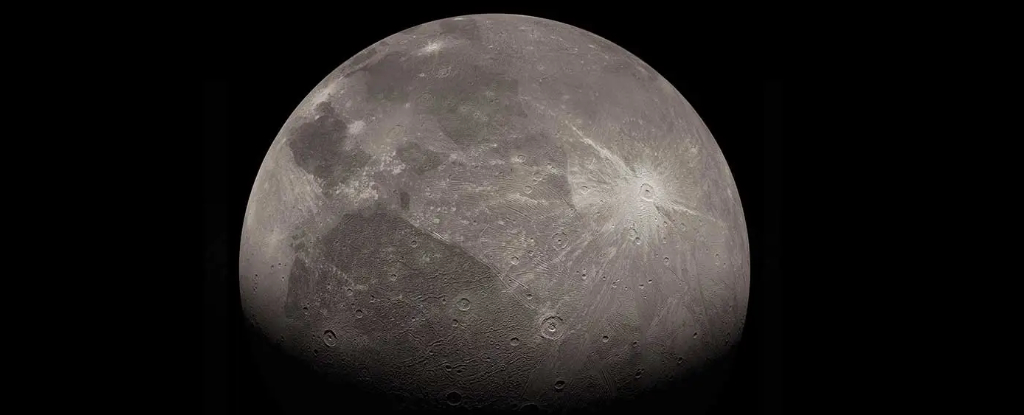
Giant Impact
The giant-impact hypothesis, sometimes called the Big Splash, or the Theia Impact, suggests that the Moon formed from the ejecta of a collision between the proto-Earth and a Mars-sized planet, approximately 4.5 billion years ago, in the Hadean eon. The colliding body is sometimes called Theia, from the name of the mythical Greek Titan who was the mother of Selene, the goddess of the Moon. Analysis of lunar rocks, published in a 2016 report, suggests that the impact might have been a direct hit, causing a thorough mixing of both parent bodies. The giant-impact hypothesis is currently the favored scientific hypothesis for the formation of the Moon. Supporting evidence includes: • Earth's spin and the Moon's orbit have similar orientations. • The Earth–Moon system contains an anomalously high angular momentum. Meaning, the momentum contained in Earth's rotation, the Moon's rotation, and the Moon revolving around Earth is significantly higher than the other terrestrial planets.



